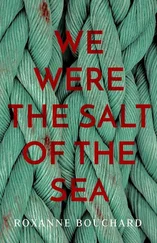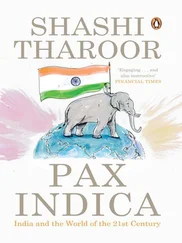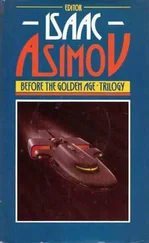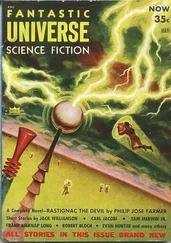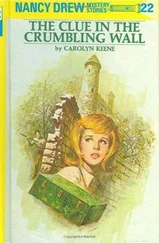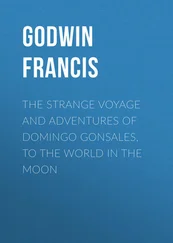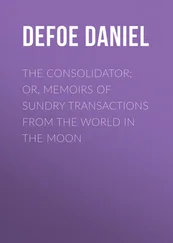The story behind the rabbits, that today stand at Mémorial de Caen, goes back to a playground, built in 1972 on Parkstraße, Berlin Pankow. After GDR officials repeatedly refused to build a playground, people took things into their own hands and remodelled a car park. At the opening, Manfred Butzmann hoisted a rabbit flag – the symbol of overcoming fear and powerlessness. He used this motif again after the Fall of the Wall. The Wall was now gone and the people (the “fearful, powerless rabbits”) had finally overcome the GDR regime.
A few weeks after the Wall painting campaign, the Wall was slowly taken down. Boulogne sent one of his colleagues to East Berlin. It was his job to save as many pieces of the painted Wall as possible from being crushed. It was pure chance that he discovered the pieces with the rabbits and was able to save them from being destroyed. Boulogne had them brought to Paris and gave them to the museum in Caen.
The quotes are taken from a report by Daniel Boulogne: http://www.memorial-caen.fr/mur_de_berlin/
COLOMBES
FRANCE
Location:Institution Jeanne-d’Arc, 9 Boulevard Valmy
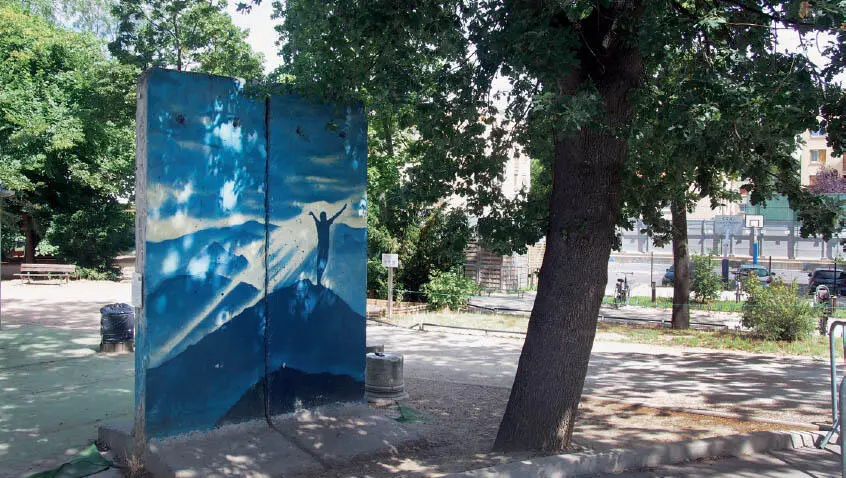
The Wall pieces in Colombes
© Association MONPHI
On may 26 th, 2015, two segments of the Berlin Wall were ceremoniously unveiled in front of the Institution Jeanne d’Arc in Colombes. Representatives of the German and Polish embassies in Paris, the mayor of Colombes, Nicole Goueta, and the former president of the European Parliament, Nicole Fontaine, were present at the ceremony in the suburb to the northeast of Paris. In November 2014, 11 thgrade students had read in German class about the possibility of purchasing parts of the Berlin Wall from the Klösters building materials company in Teltow near Berlin. Thus, the plan was born to start a “peace action” for which two parts of the Wall were to be bought and painted. To this end, the students organized a painting competition at their school and collected money to finance the purchase of the Wall pieces and their transport to France. The school received support from Philippe Belleuvre and his German-Polish-French association “Monphi”. Belleuvre not only negotiated the purchase and transport of the Wall pieces, but also organized a stay for the students in Szczecin and Berlin, during which they were able to expand their knowledge of the history of the Cold War and hold discussions with contemporary witnesses. The design of the Wall pieces was undertaken by the Berlin-based artist Victor Landeta, who had already painted numerous Wall pieces under the name “AUM”. In May 2015, he designed the front of the two segments with a colourful pattern reminiscent of church windows, in front of which a dove of peace soars. Above it are the names of four personalities who contributed to overcoming the Cold War and the division of Europe: Willy Brandt, Mikhail Gorbachev, John Paul II and Lech Wałesa. On the reverse side, Landeta painted the silhouette of a person standing on a mountain peak with his arms raised to the sky. To emphasize the cooperation between the generations in the project, he did the painting together with the student who had won the competition.
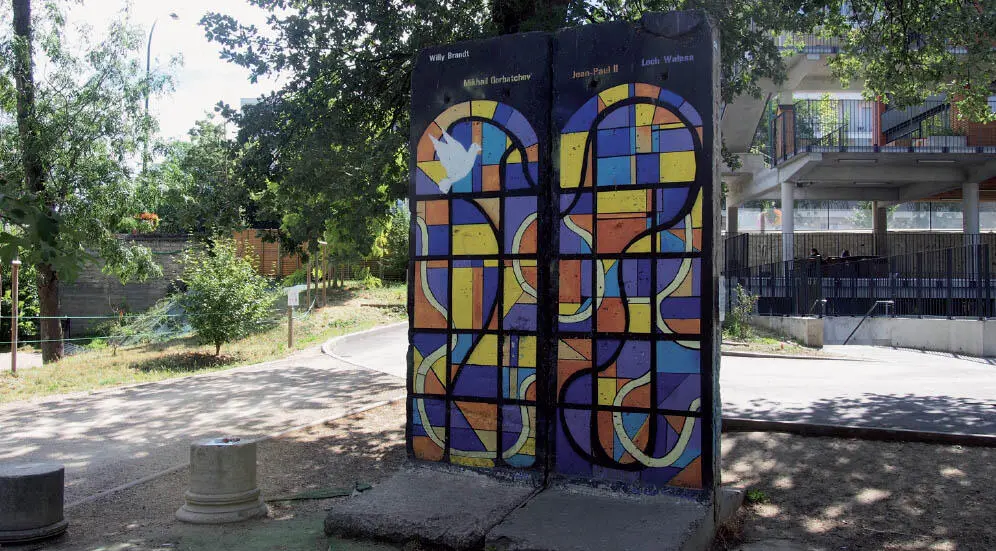
Конец ознакомительного фрагмента.
Текст предоставлен ООО «ЛитРес».
Прочитайте эту книгу целиком, купив полную легальную версию на ЛитРес.
Безопасно оплатить книгу можно банковской картой Visa, MasterCard, Maestro, со счета мобильного телефона, с платежного терминала, в салоне МТС или Связной, через PayPal, WebMoney, Яндекс.Деньги, QIWI Кошелек, бонусными картами или другим удобным Вам способом.



